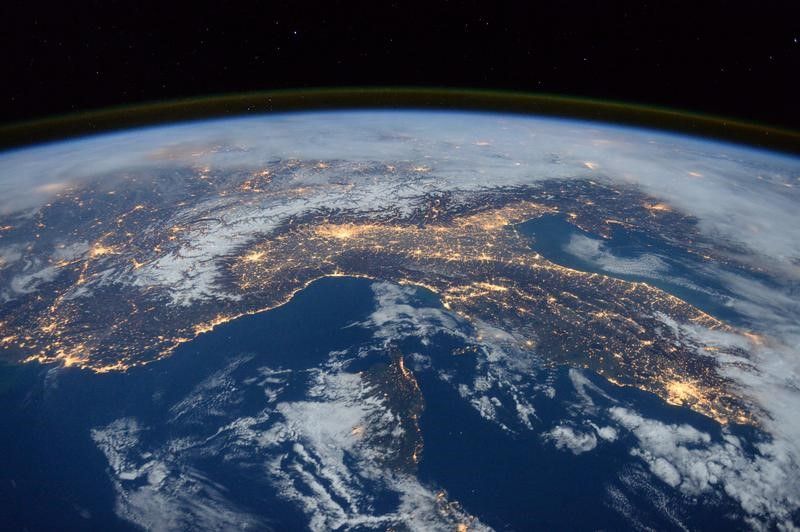Can stars eat planets? Yes, and scientists just saw it happen
It's the first time anyone has seen this actually happen.

A few minutes every morning is all you need.
Stay up to date on the world's Headlines and Human Stories. It's fun, it's factual, it's fluff-free.
The backstory: Before we get into the weeds of what happened, let's get some Space 101 basics out of the way. A star is a glowing, hot ball of gas that produces its own light, whereas a planet is a non-shining, solid body that orbits a star. On top of this, stars can be huge, like a gazillion times larger than a planet. They are a primary source of energy and foundation blocks for how galaxies are created, but they can't support life as planets can.
For Earth, the closest star is the sun, which is about 150 million kilometers away.
More recently: In 2020, using new data from the Kepler telescope, NASA estimated there could be as many as 300 million potentially habitable planets in our galaxy, all spinning around stars far, far away. Scientists also believe that these worlds will probably get eaten up by their own stars at the end of their star's lifetime.
Now, when we say "eat," it's not like how we munch on chips, but it's when a star's gravitational force and power destroy a planet or smashes into a planet.
The development: Now, according to a report published in Nature, scientists have witnessed a star ingesting a planet the size of Jupiter, and it's the first time anyone has seen this actually happen. Until now, humans have only seen signs of stars preparing to engulf a planet or leftovers from an already-eaten planet.
Essentially, what they think happened is that when the star began to swell up and puff out a bit, its atmosphere ran into the orbiting planet. The drag tightens the planet's orbit, pulling it in closer and closer to the planet until, bam, the planet is engulfed. Then, the star returned to normal "and forgot about it completely," said the report's lead author, MIT astrophysicist Kishalay De.
Now whether this will happen to Earth is a bit controversial among the astronomy community. But we obviously won't be around by the time the sun could gobble up Earth in about 5 billion years. So let's just focus on getting onto Mars now.
Key comments:
“Planets with short orbital periods (roughly under 10 days) are common around stars like the Sun. Stars expand as they evolve and thus we expect their close planetary companions to be engulfed, possibly powering luminous mass ejections from the host star. However, this phase has never been directly observed,” wrote the report.
"Whether or not the Sun will engulf the Earth is quite controversial," she says. "But it wouldn't matter because it will no longer be our beautiful Earth with an atmosphere and oceans. Earth may survive, but not the Earth that we know and love." said Smadar Naoz, an astronomer at UCLA.




Comments ()